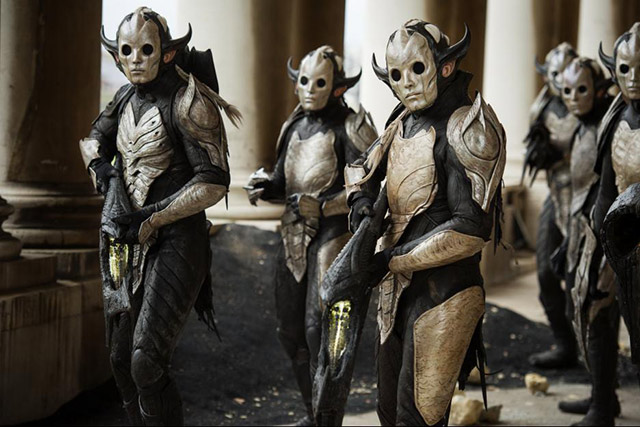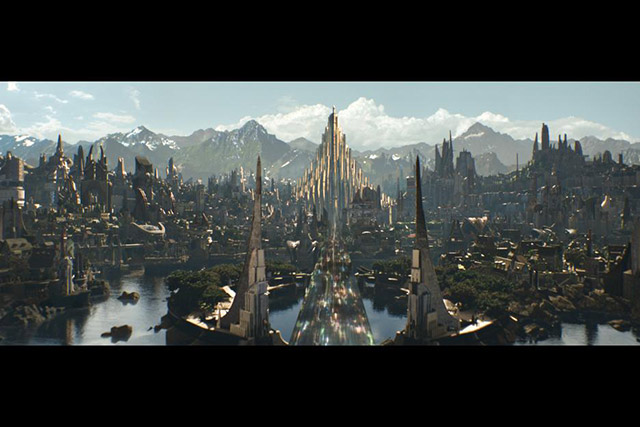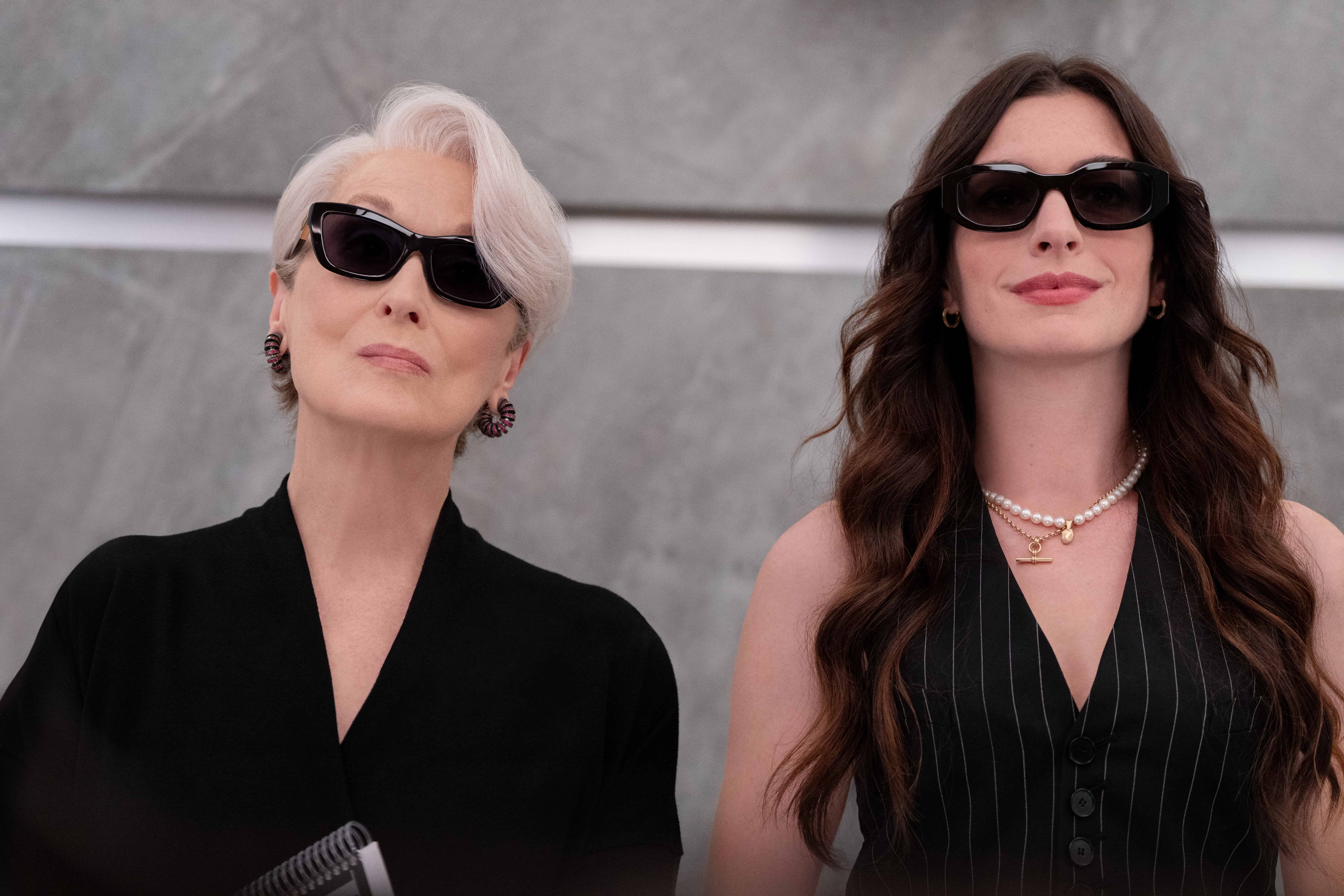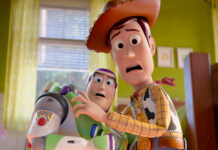This post contains affiliate links and our team will be compensated if you make a purchase after clicking on the links.
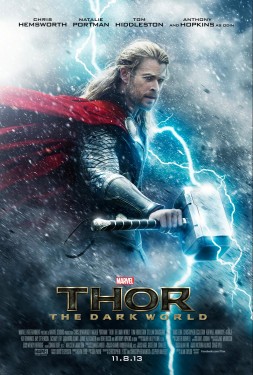 Fans can rejoice…Marvel Studios has done it again. While many anxiously awaited the return of Tony Stark earlier this year in “Iron Man 3,” the storyline that may be more important to follow is the one that started in 2011’s “Thor.” Here we were introduced to the God of Thunder himself, along with his brother-turned-villain Loki, the main antagonist of that film and “Marvel’s The Avengers” the following year. When we last saw them, Thor was taking the now captured Loki back to their home world of Asgard, which is one of the Nine Realms. Loki had attacked New York City with the help of a powerful weapon called the Tesseract and an extraterrestrial army of Chitauri. But the Avengers defeated him, closing the wormhole into space that allowed the invaders into our atmosphere and seizing Loki in the process. While many on Earth wanted to bring Loki to justice, his brother Thor promised that he would be punished under Asgardian laws for his treasonous acts. They were transported off planet, back to their own realm with the Tesseract in hand. And we, the audience, waited patiently to learn what would happen next.
Fans can rejoice…Marvel Studios has done it again. While many anxiously awaited the return of Tony Stark earlier this year in “Iron Man 3,” the storyline that may be more important to follow is the one that started in 2011’s “Thor.” Here we were introduced to the God of Thunder himself, along with his brother-turned-villain Loki, the main antagonist of that film and “Marvel’s The Avengers” the following year. When we last saw them, Thor was taking the now captured Loki back to their home world of Asgard, which is one of the Nine Realms. Loki had attacked New York City with the help of a powerful weapon called the Tesseract and an extraterrestrial army of Chitauri. But the Avengers defeated him, closing the wormhole into space that allowed the invaders into our atmosphere and seizing Loki in the process. While many on Earth wanted to bring Loki to justice, his brother Thor promised that he would be punished under Asgardian laws for his treasonous acts. They were transported off planet, back to their own realm with the Tesseract in hand. And we, the audience, waited patiently to learn what would happen next.
The release of “Thor: The Dark World” is significant for many different reasons. For starters, it is the first non Iron Man sequel to be released under the Marvel multiphase tentpole. Why is this important you may ask? While “Iron Man 3” was hugely successful earlier this year (currently the highest grossing film of 2013 and #13 all time domestically), it did not do much to advance the overall story arc of the Avengers. Do not get me wrong, I greatly enjoyed the movie. But other than Tony Stark grappling with anxiety issues after the events of New York, I feel as though that film did not do much to build upon the existing plot. Secondly, the settings in which “Thor: The Dark World” and its predecessor take place open up countless opportunities for other Marvel franchises. The scene in the middle of the credits is our first glimpse at 2014’s “Guardians Of The Galaxy,” which many consider to be Marvel’s most ambitious film yet.
Most importantly though, this film brings back the villainous trickster Loki. While everyone roots for the hero in a typical comic book film, it is really the villain we enjoy watching most. Played brilliantly for the third time by Tom Hiddleston, Loki’s personality and motives are even more difficult to pin down this time around. After Asgard is attacked by the Dark Elves of Svartalfheim and their leader Malekith, Thor (played again by Chris Hemsworth) must turn to his recently enslaved brother for help. Although he is hesitant to do so, fearing his brother may betray him again, he is left with no choice. The relationship between Thor and Loki is what makes this franchise work. Hemsworth’s attempts to display his power over others is constantly overshadowed when Hiddleston uses sarcasm and deceit to mess with his plans. It makes it difficult to tell just which side he plays for and what his motive truly is. You can tell that Hiddleston truly enjoys playing the character, as his own natural comedic ability shines with every snarky retort. And Hemsworth really seems to come into his own in this film more so than before, bringing emotion to the title character that many felt was missing.
Thor and Loki are not the only familiar faces returning to the screen in the sequel. Many of the characters that we came to barely know in “Thor,” on both Earth and Asgard, get the chance to grow and develop. In our realm, we get the return of Jane Foster (Natalie Portman) as Thor’s love interest, along with her assistant Darcy (Kat Dennings) and Dr. Eric Selvig (Stellan Skarsgård). Back on Asgard, we are reintroduced to the Allfather Odin and his wife Frigga (Anthony Hopkins and Rene Russo), both of which were very strong in their roles. Idris Elba was also given a significantly bigger role as Heimdall, the guardian of the Bifrost entry to Asgard. I was glad to see his character have more than just a few lines, but be an active part in the plot. Also returning were Jaimie Alexander, Ray Stevenson and Tadanobu Asano as Thor’s crew of warriors. New to the cast was Zachary Levi, who replaced the previous actor Josh Dallas. And playing the Dark Elves Malekith and Algrim are Christopher Eccleston and Adewale Akinnuoye-Agbaje.
“Thor: The Dark World” was not devoid of faults, but I felt the strengths far outweighed the weaknesses. For instance, director Alan Taylor took the experience he gained on HBO’s “Game Of Thrones” to greatly expand the world of Asgard, and this was something I really enjoyed about the film. It looked as though many influences were drawn from that show, as well as the “Star Wars” prequel trilogy, “Lord Of The Rings” and J.J. Abram’s “Star Trek.” The story introduces new environments and locales, expands upon the Asgardian mythology, and places the audience in the middle of some fantastic aerial battle and destruction sequences. However, I feel the film takes a misstep in its overly complex plot. While the Dark Elves’ attempt to bring all Nine Realms together in an effort to destroy them sounds exciting, it did not translate well at the end of the film. I found myself struggling to keep up with what was happening rather than being engrossed in the scene. It was a great idea, but not visually executed well. But this semi-lackluster finale is completely redeemed with the final scene of the movie, a cliffhanger ending that will keep the fan base thirsty for more. Overall, “Thor: The Dark World” is another satisfying entry in the ever-growing Marvel universe. For fans of the previous film as well as “Marvel’s The Avengers,” do not miss it.


